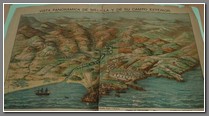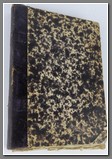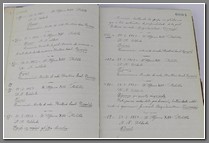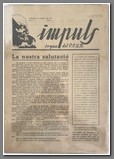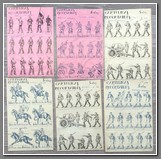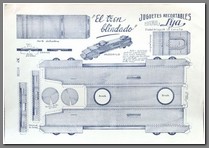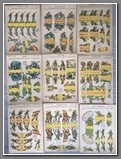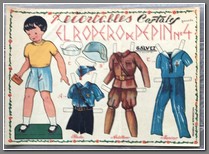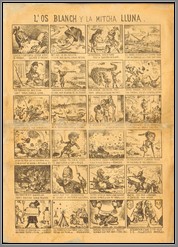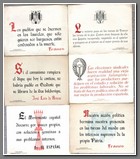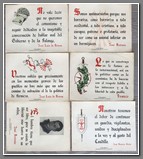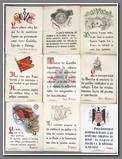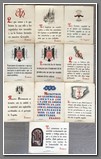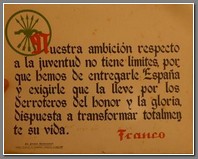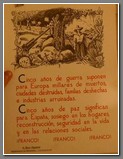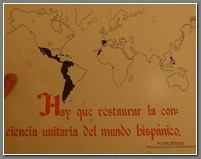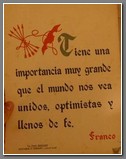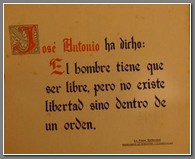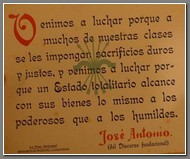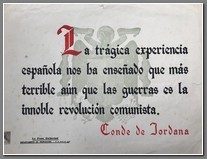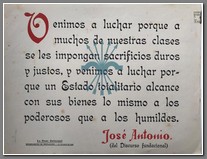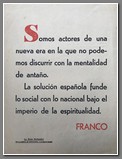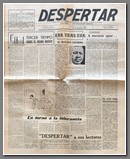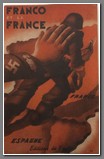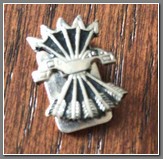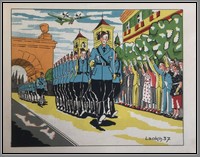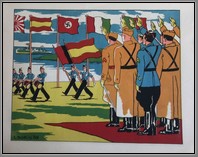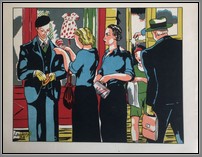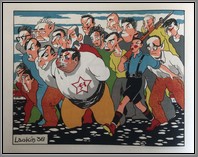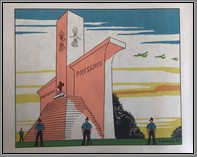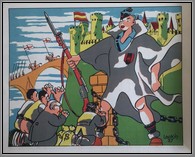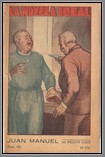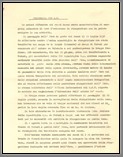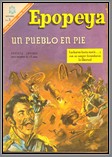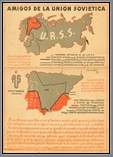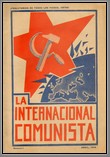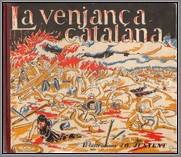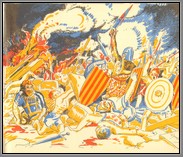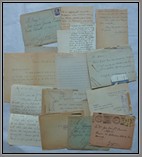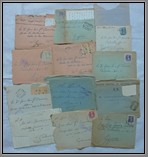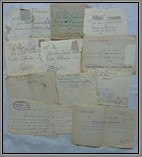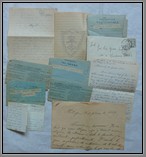SCW 544Three page manuscript produced by Captain Benedettini Luigi Filippo, with the Italian airforce fighting in Spain. It provides tactical intelligence on the communists on the Ebro front on July 25, 1938. It reads:
Reminder per S.E.
The defensive actions of the reds had a surprise characteristic only where the reconnaissance aviation was unable to evolve its activity.
The passage of the Ebro by the reds on 25 July 1938 was carried out while the only reconnaissance squadron had been transferred from the Campo de la Salada (Alcaniz) to the field of Teruel to cooperate in the action on Valencia in which the Italian troops participated. Nonetheless, since June 25, before the transfer to Teruel, the observers of the I20 Squadriglia O.A. they had reported unusual movements on the left bank of the Ebro, setting aside bridge materials on the same bank, they had seen boats hidden near the opposing bank, they had noticed the launch of walkways from the left bank to some islet of the Ebro on which it was transported of the material. These news also result from the reports presented and from the extensive photographic documentation that was carried out in the daily reconnaissance of the Ebro. The same bulletin from the Information Office of the C.T.V. reports the news that saw the intention of the action of the reds.
The red troops were then able to make the passage on 25 July because, once the surveillance of the reconnaissance on the area ceased, they found only a veil of national troops who could not prevent their rapid advance up to one km. from Gandesa.
In this circumstance a section of the O.A. Squadron was immediately detached from Teruel to Caspe with two observer officers for the needs of the reconnaissance service over that area.
On 2 August the whole squadron was again transferred from the Teruel front to that of the Ebro, where I participated intensely in the reconquest of the territory occupied by the reds.
In the action attempted again by the reds on September 9 on the Teruel-Garrion front in which the summit of Creventada was occupied, he was surprised because that front lacked the reconnaissance used on the Ebro sector. To paralyze the action, a bombing formation was sent which, however, was unable to complete the mission promptly due to bad weather conditions that prevented it from seeing the land to be bombed.
Reconnaissance aviation is effectively used in observation, sight, topographical surveying and action tasks on Valencia, in the service of artillery, where it has established itself as extremely useful in the search for enemy batteries (hidden and masterfully masked by the reds) and in the shooting observations. The artillery service was carried out continuously from the early hours of the day until sunset, with the change on the spot after an hour and a half of stay of each plane.
The service rendered with the topographic surveys of the opposing area is very important, which allowed a special observer officer specialized in photographic interpretations and assigned to the Headquarters Command, to obtain all the elements (entrenchments in the woods, works of fortifications, batteries, ammunition depots, encampments) which were effectively beaten by both artillery and air force.
This contribution of the reconnaissance aviation and the delicate work of photographic interpretation have received from Generalissimo Franco and General Kindeland (National Aviation Committee) the highest recognition for the truly invaluable value that it has also in this very important field was able to reach the Italian Air Force.
For this purpose, at the behest of the Generalissimo, a course in photographic interpretation was carried out by Spanish aviators, which was entrusted to the Italian observer officer chosen for the headquarters.
This Officer was also entrusted by the Spanish Command with the task of cooperating in the preparation of topographic maps of the enemy areas, through the exploitation of metric aerial plane works and for this purpose he was sent to Italy to provide photogrammetric materials for expeditious surveys.
Capitano Benedettini Luigi Filippo. M
Price: $100.00

